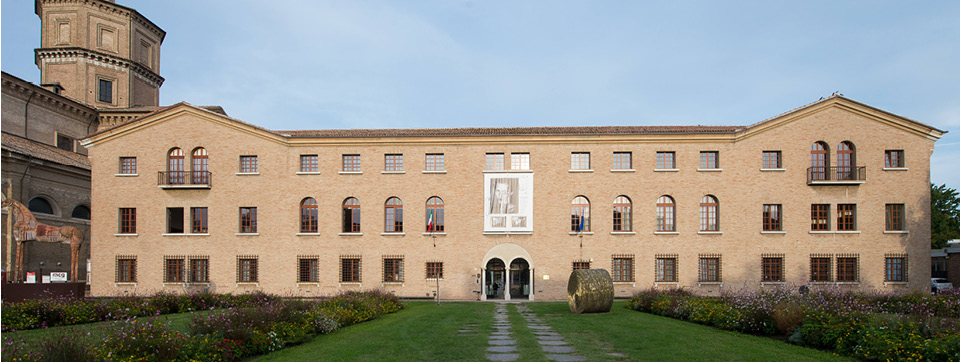The black of tar, the gray of pumice stone, the ocher of glues and fabrics such as jute and recycled sacks: with the chromatic strength of a new and different dimension of colour, as well as the evocative and dramatic intensity of his language, Alberto Burri (1915-1995) arrived on the national and international artistic scene in the second half of the last century.
The MAR – Art Museum of the city of Ravenna dedicates an important exhibition to him, to his art and to his relationship with the city, which the Biennial of Contemporary Mosaic will gravitate around.
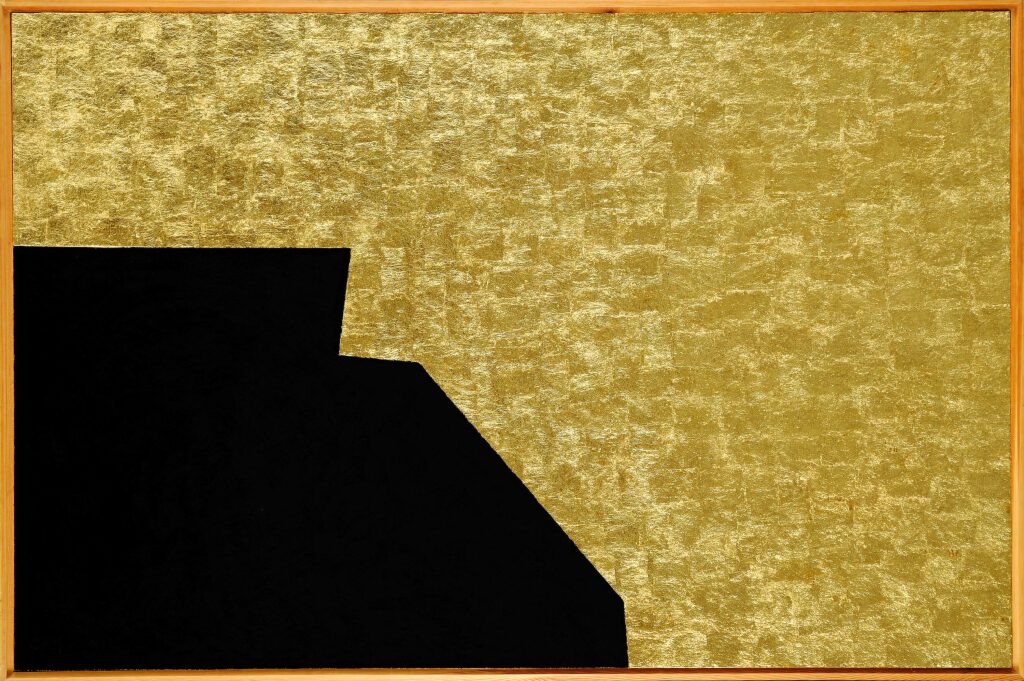
Born in Umbria, in Città di Castello, prisoner in Africa by English troops, detained in a prison camp in Texas for 3 years (during which he decided to abandon the medical profession to dedicate himself entirely to painting), Burri returned to Italy in 1946 settling in Rome.
After a trip to Paris in 1948, he fine-tuned his own language, paying particular interest to materials considered extra-pictorial, the introduction of which into his painting, which had until then been figurative, allowed for a radical linguistic elimination and an extraordinary operational freedom that would make him one of the greatest European artists of the second half of the 20th century.
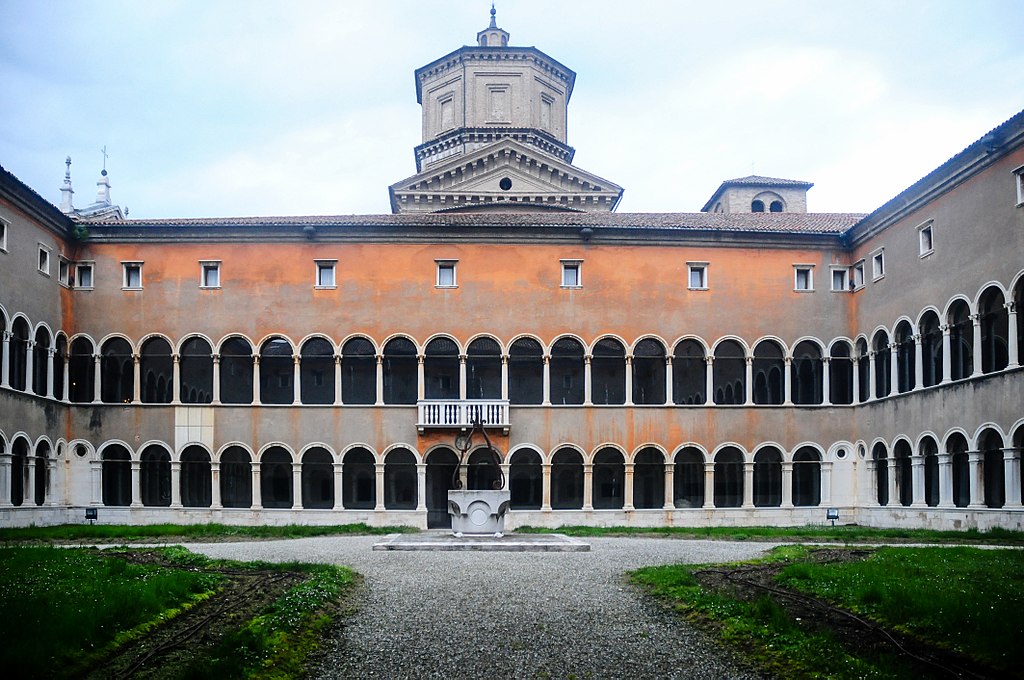
At the beginning of the Nineties, in Ravenna, Burri began a collaboration with the Ferruzzi Group which led him to become passionate about a painting reminiscent of the great pictorial season of Byzantine art – very present in the city, in the churches and historical buildings decorated with mosaics – and to the creation of some significant pictorial cycles which he elaborates and names in different ways and in close relation with the artistic history of the city: the S.Vitale cycle, composed of large cellotex (a mixture of wood and glue, generally used as insulation in construction) painted in black acrylic, and the Black and Gold cycles (1993) which are inspired by the mosaic culture of high decoration that flourished in Byzantium and developed in Ravenna with numerous masterpieces of art executed with the mosaic technique.
All these works, together with some selected series of graphic creations, of equal intensity and chromatic strength, appear in the environments of the MAR – Art Museum of the City of Ravenna for BURRIRAVENNAORO, an important exhibition dedicated to Burri’s work.
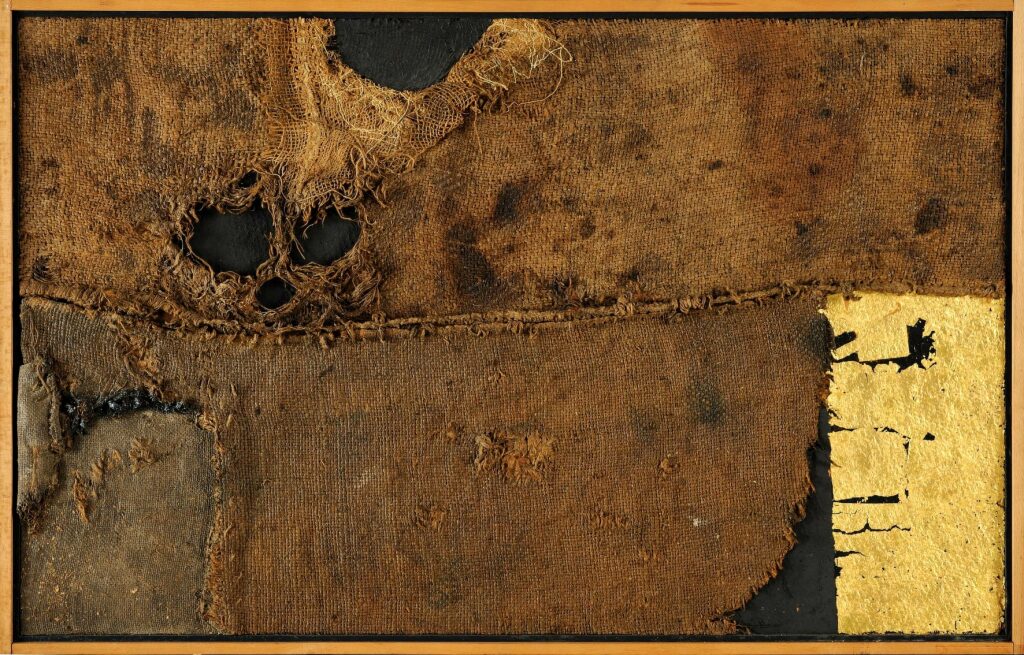
Organized as part of the VIII Biennial of Contemporary Mosaic, in collaboration with the Fondazione Palazzo Albizzini Collezione Burri, the exhibition presents around one hundred works on display and a biographical multimedia area, with projects and sketches conceived for the Gardini commission and films which document the artist at work.
Thanks to the Mosaic Biennial, with the opening of the most evocative places to artists from all over the world, the entire city is involved in a rich program of events: monuments, museums, cloisters and symbolic spaces become exceptional galleries in which ancient and contemporary art are in constant dialogue with each other. Discovering Ravenna through the art of “small stones” is a unique opportunity, to which there are dedicated itineraries aimed at enthusiasts or the simply curious, such as the one developed by Elesta, which starts from Milan and touches on important locations for the history of mosaics , from Venice to Spilimbergo, Grado and Aquileia, until reaching Ravenna.
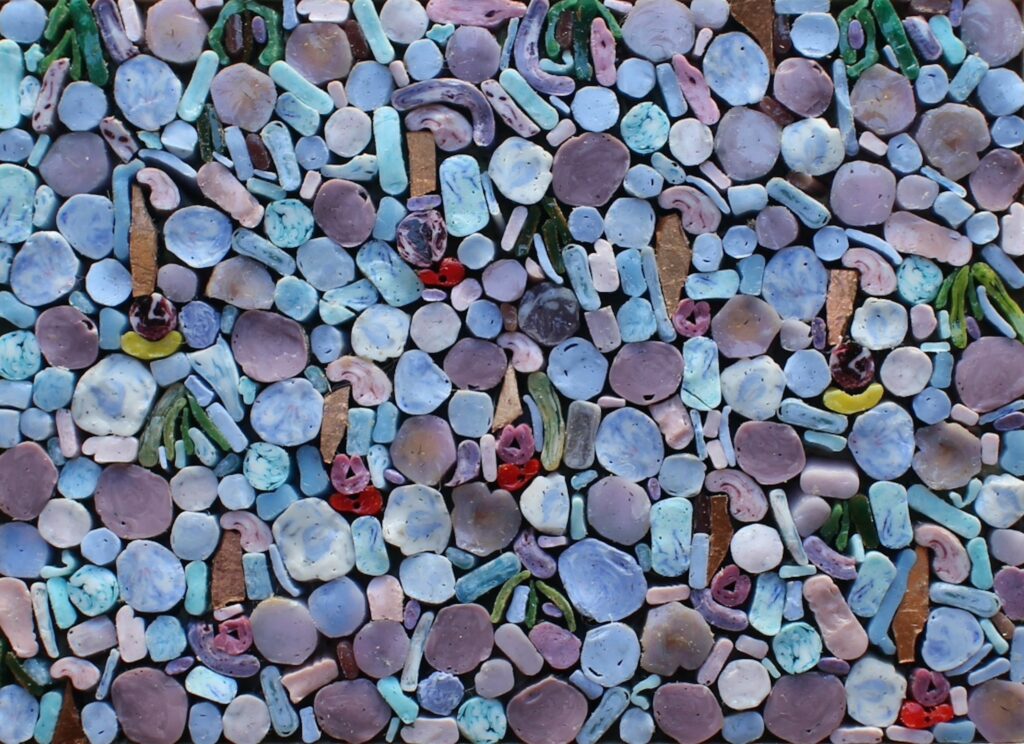
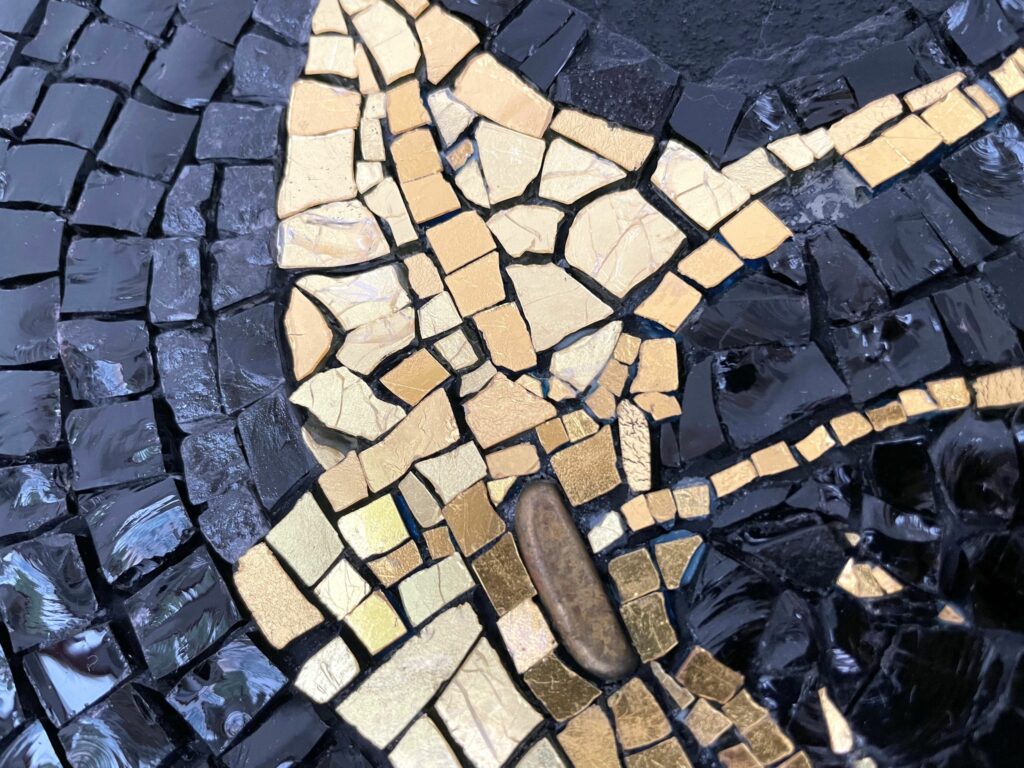
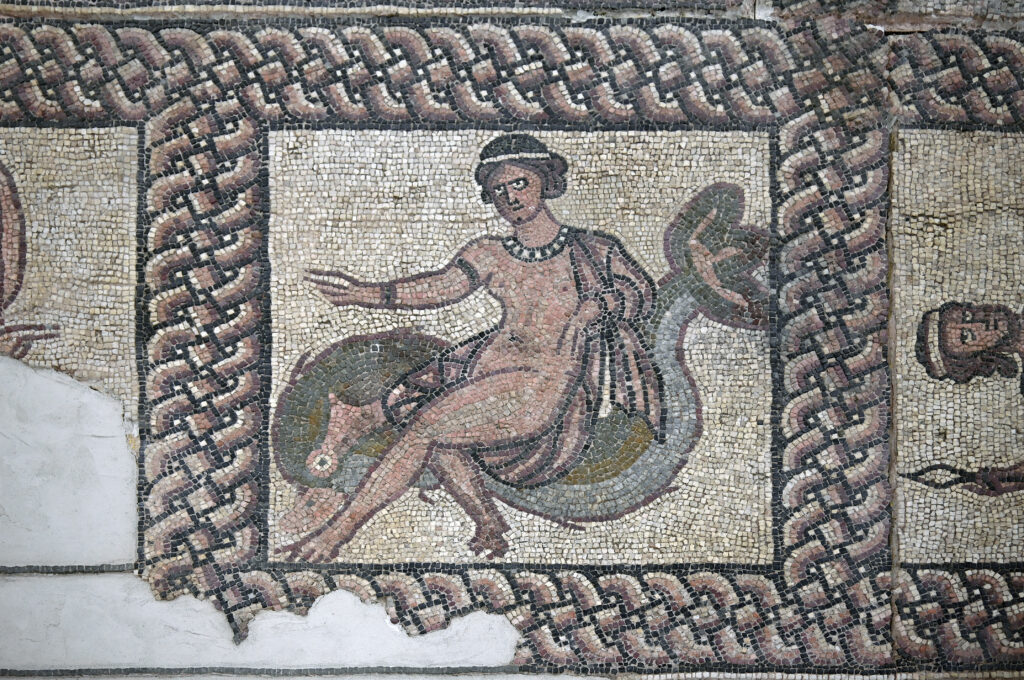
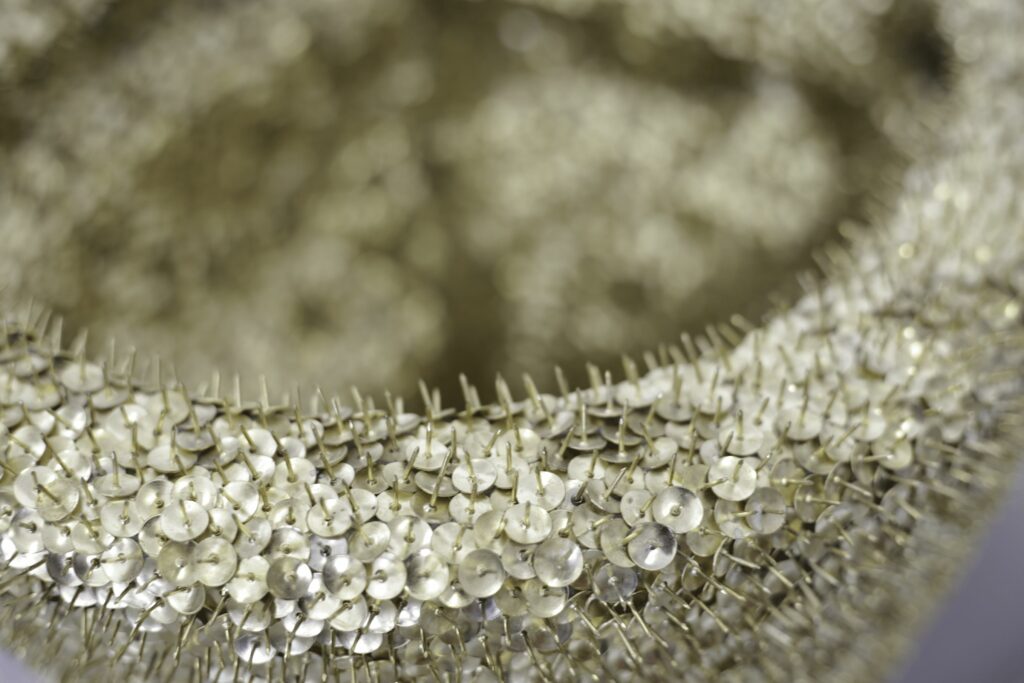
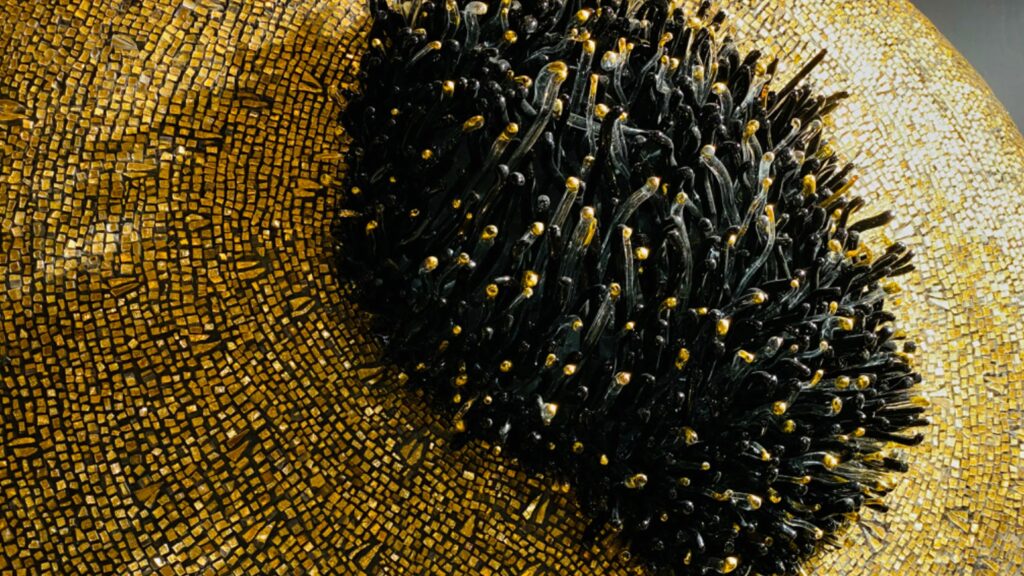
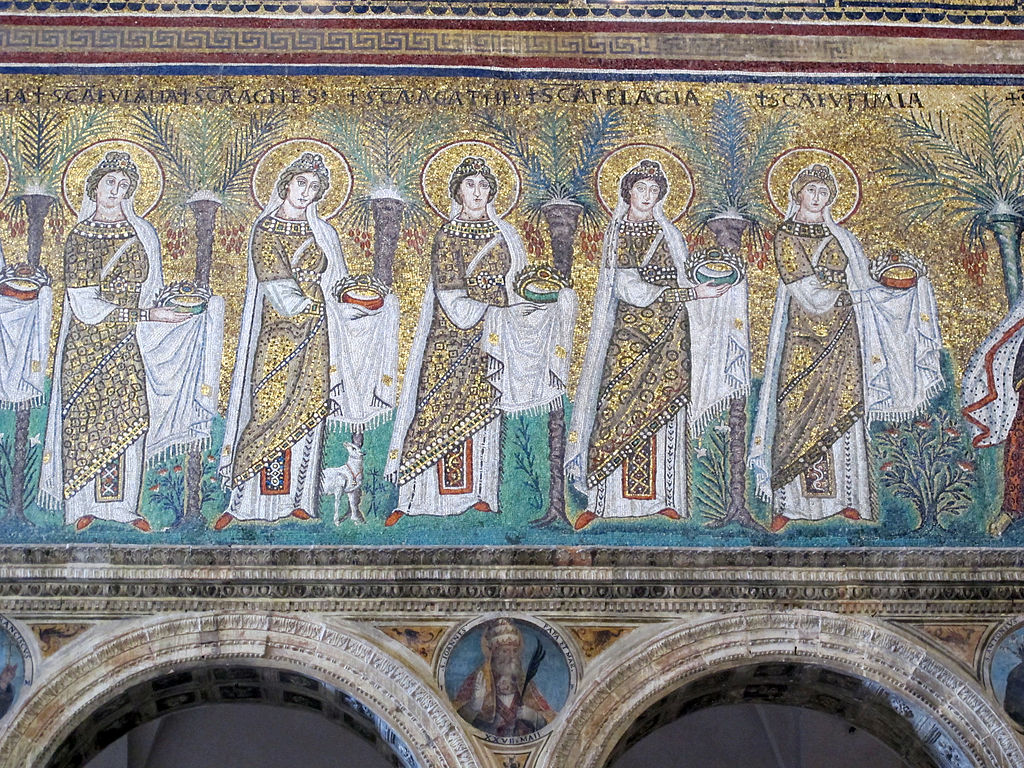
The exhibition, curated by Bruno Corà and created with the support of the Ministry of Tourism Project for the valorisation of Ravenna Città del Mosaico, as well as the Emilia-Romagna Region, the Gardini Foundation, the Monte di Bologna Foundation and the Ravenna and Romagna Acque Società delle sources, will be open to the public from 14 October 2023 to 14 January 2024.

